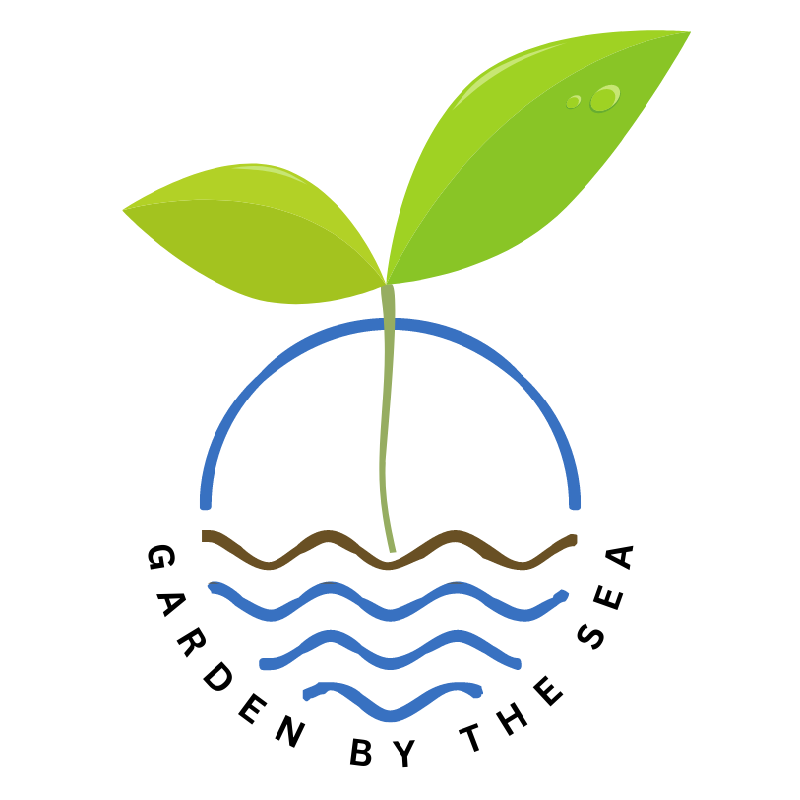To Eat or Not to Eat?
It was during the last days of summer after we had harvested the last of the food bank vegetable bed produce that I noticed how much the nasturtiums had spread throughout one of the beds. It was just such an awesome mix of orange, yellow, and red colors that totally demanded my attention. At first, I thought someone had planted them, but I think they were just volunteer plants that now had room to grow and show their beauty one more time before summer was over.
 It was this spectacle of beauty that inspired me to become interested in edible flowers. Until then I had only thought of nasturtiums as edible, and I had completely forgotten that I had already knew many other edible flowers such as chive blossoms, chamomile flowers, even dandelion blossoms, and leaves. Now with spring just around the corner I decided to approach my growing edible flower interest in earnest, and I started some research which I am going to share with you.
It was this spectacle of beauty that inspired me to become interested in edible flowers. Until then I had only thought of nasturtiums as edible, and I had completely forgotten that I had already knew many other edible flowers such as chive blossoms, chamomile flowers, even dandelion blossoms, and leaves. Now with spring just around the corner I decided to approach my growing edible flower interest in earnest, and I started some research which I am going to share with you.
Before starting an edible flower garden, it is of utmost importance to know what you are doing. Not all flowers are edible, not all parts of edible flowers should be consumed, and if in doubt just don’t eat it. Some flowers have petals that are edible, but they also produce berries which are poisonous. Be sure to always double-check and be safe. There are plenty of resources online such as edible flower encyclopedias, edible flower charts, and other pertinent information which will be listed at the end of this article. It is best to grow your own edible flower garden in order to be sure that whatever you eat is truly edible, not sprayed with pesticides, not from the side of the road, and grown under conditions that you create and control. Starting in your own backyard to check out what edible flowers you already have in place can be a wonderful experience.
 There are some other caveats to eating flowers: in most cases eat only the petals. Remove pistils and stamens before consumption. Wash them thoroughly. Introduce small quantities of just one species at a time to your diet to avoid digestive issues.
There are some other caveats to eating flowers: in most cases eat only the petals. Remove pistils and stamens before consumption. Wash them thoroughly. Introduce small quantities of just one species at a time to your diet to avoid digestive issues.
I for myself plan to start with flowering plants that are mostly familiar to me. I will start small – a grow box will suffice for now with the idea to expand as I go along. My first choice is – obviously – nasturtium which I plan to grow not only for being edible but just as much for their beauty. Chives will be on my list for their chive blossoms as is garlic. The white and light pink garlic flowers are edible. It came as a surprise to me that some herbs which I had allowed to bolt instead of harvesting them on time develop edible ‘bolts’ that can still be used to flavor and add texture to salads such a dill and cilantro. Rosa rugosa, one of my all-time favorites, is also on my list.
And while I wait for planting weather, I attended the “Creating an Edible Landscape” online workshop ( March 6 2022) offered by East Multnomah County Soil & Water Conservation District, Oregon.
Perhaps you will be inspired to join me to try creating your own edible flower garden!
Resources:
whatscookingamerica.net/edibleflowers/edibleflowersmain
gardeners.com/how-to/edible-flowers
Books:
The Edible Flower Garden by Rosaling Creasy
Identifying and Harvesting Edible and Medicinal Plants by Steve Brill with Evelyn Dean



